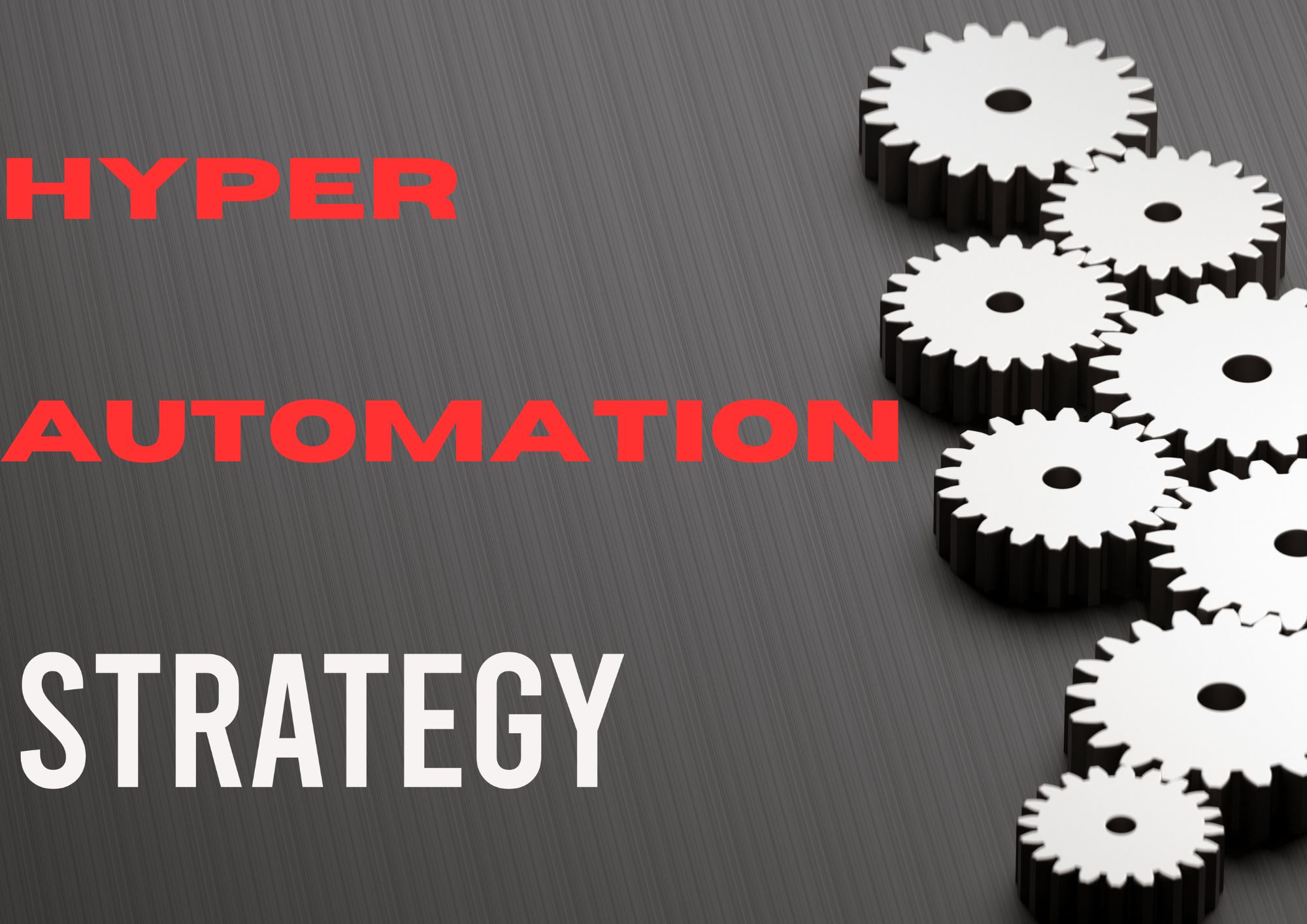Hyper automation is rapidly becoming a game-changer for organizations looking to streamline processes, reduce costs, and gain a competitive edge.
This powerful approach combines Robotic Process Automation (RPA) and Artificial Intelligence (AI) technologies to create a comprehensive automation strategy that drives efficiency and growth.
In this article, we will dive deep into the best practices and tips for adopting a hyper automation strategy in your organization.
We will also explore how strategic planning plays a vital role in achieving success with hyper automation. 🚀
Align Hyper Automation with Business Goals
One of the most critical aspects of a successful hyper automation strategy is aligning it with your organization’s business goals. This requires a clear understanding of your objectives, such as improving customer satisfaction, increasing revenue, or reducing operational costs.
Establishing this alignment will ensure that your automation initiatives deliver tangible results and support your long-term strategic planning. 🎯
Example: Company ABC aims to improve customer satisfaction by reducing response times to support tickets. By adopting a hyper automation strategy, they can implement AI-driven chatbots to handle routine queries, freeing up support staff to address more complex issues.
Identify High-Value Processes for Automation
Not all processes are suitable for automation. Therefore, it is essential to carefully analyze and prioritize processes that will deliver the most significant benefits. High-value processes typically have the following characteristics:
- High volume and repetitive tasks
- Clear and well-defined rules
- Limited human intervention required
Example: In a financial services company, invoice processing is a high-value process that can benefit from hyper automation. Automating this process can eliminate manual data entry, reduce errors, and expedite payment processing.
Implement Process Discovery and Optimization
Before implementing hyper automation, it is crucial to perform process discovery and optimization.
This involves mapping out the current process, identifying bottlenecks, and optimizing workflows to maximize efficiency. This step ensures that automation is applied to an optimized process, resulting in better outcomes and greater ROI. 🔍
Fact: According to a study by McKinsey, companies that optimize their processes before automating can achieve up to 20% more cost savings compared to those that don’t.
Integrate RPA and AI Technologies
A successful hyper automation strategy relies on the seamless integration of RPA and AI technologies.
RPA handles the execution of repetitive tasks, while AI brings advanced decision-making capabilities to the table.
By combining these technologies, you can create a powerful automation ecosystem that delivers end-to-end process optimization. 🤖
Example: In a supply chain management scenario, RPA can be used to automate order processing, while AI-driven demand forecasting ensures optimal inventory levels.
Establish Continuous Improvement and Governance
Hyper automation is not a one-time effort; it requires continuous improvement and governance.
This involves regularly monitoring and evaluating the performance of your automation initiatives, identifying areas for improvement, and refining your strategy as needed.
Additionally, it’s essential to establish clear guidelines and protocols for deploying, maintaining, and scaling automation solutions. 🔄
Embrace Change Management
Adopting a hyper automation strategy can lead to significant organizational changes. Therefore, effective change management is essential to ensure a smooth transition and minimize resistance to change.
This involves clear communication of the benefits of hyper automation, providing necessary training and support to employees, and addressing concerns proactively.
Engaging employees in the process and fostering a culture of continuous improvement will help drive adoption and create a more agile organization. 🌟
Example: When introducing hyper automation in a customer service department, management can emphasize the positive impact on employees, such as reduced workload, increased job satisfaction, and opportunities to develop new skills.
Measure Success and Demonstrate ROI
To sustain and scale your hyper automation strategy, it’s vital to measure success and demonstrate ROI.
This involves tracking key performance indicators (KPIs) that align with your business objectives, such as reduced processing times, increased accuracy, or enhanced customer satisfaction.
By showcasing the tangible benefits of your automation initiatives, you can build support and secure the necessary resources for further expansion. 💹
Fact: According to Deloitte’s 2020 Global RPA Survey, 93% of organizations reported that their RPA projects met or exceeded their ROI expectations.
Stay Informed and Adapt to New Technologies
The automation landscape is constantly evolving, with new tools and technologies emerging regularly.
To stay ahead of the curve, it’s essential to keep abreast of these developments and assess their potential impact on your hyper automation strategy.
Embracing a culture of innovation and being open to adopting new solutions will help your organization maintain its competitive edge. 🌐
Adopting a hyper automation strategy can deliver significant benefits to your organization, from improved efficiency and reduced costs to enhanced customer experiences.
By following these best practices and tips, you can ensure the success of your automation journey and drive sustainable growth for your organization.
Remember, strategic planning and a well-executed automation strategy go hand-in-hand in shaping the future of your business. 📈
Summary
- Align hyper automation with business goals
- Identify high-value processes for automation
- Implement process discovery and optimization
- Integrate RPA and AI technologies
- Establish continuous improvement and governance
- Embrace change management
- Measure success and demonstrate ROI
- Stay informed and adapt to new technologies
Thank you for reading our blog, we hope you found the information provided helpful and informative. We invite you to follow and share this blog with your colleagues and friends if you found it useful.
Share your thoughts and ideas in the comments below. To get in touch with us, please send an email to dataspaceconsulting@gmail.com or contactus@dataspacein.com.
You can also visit our website – DataspaceAI


